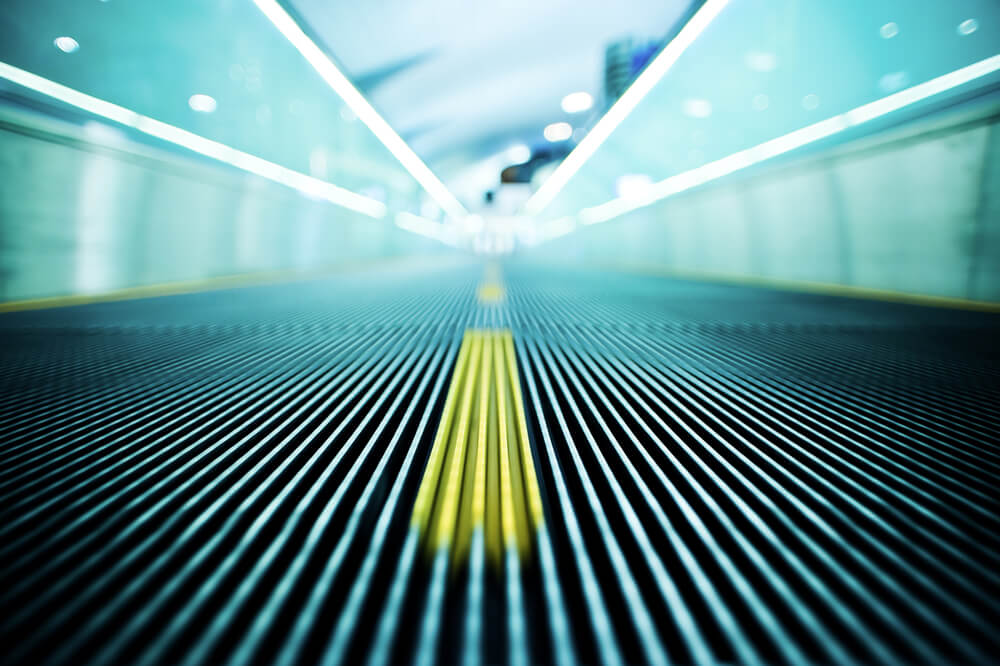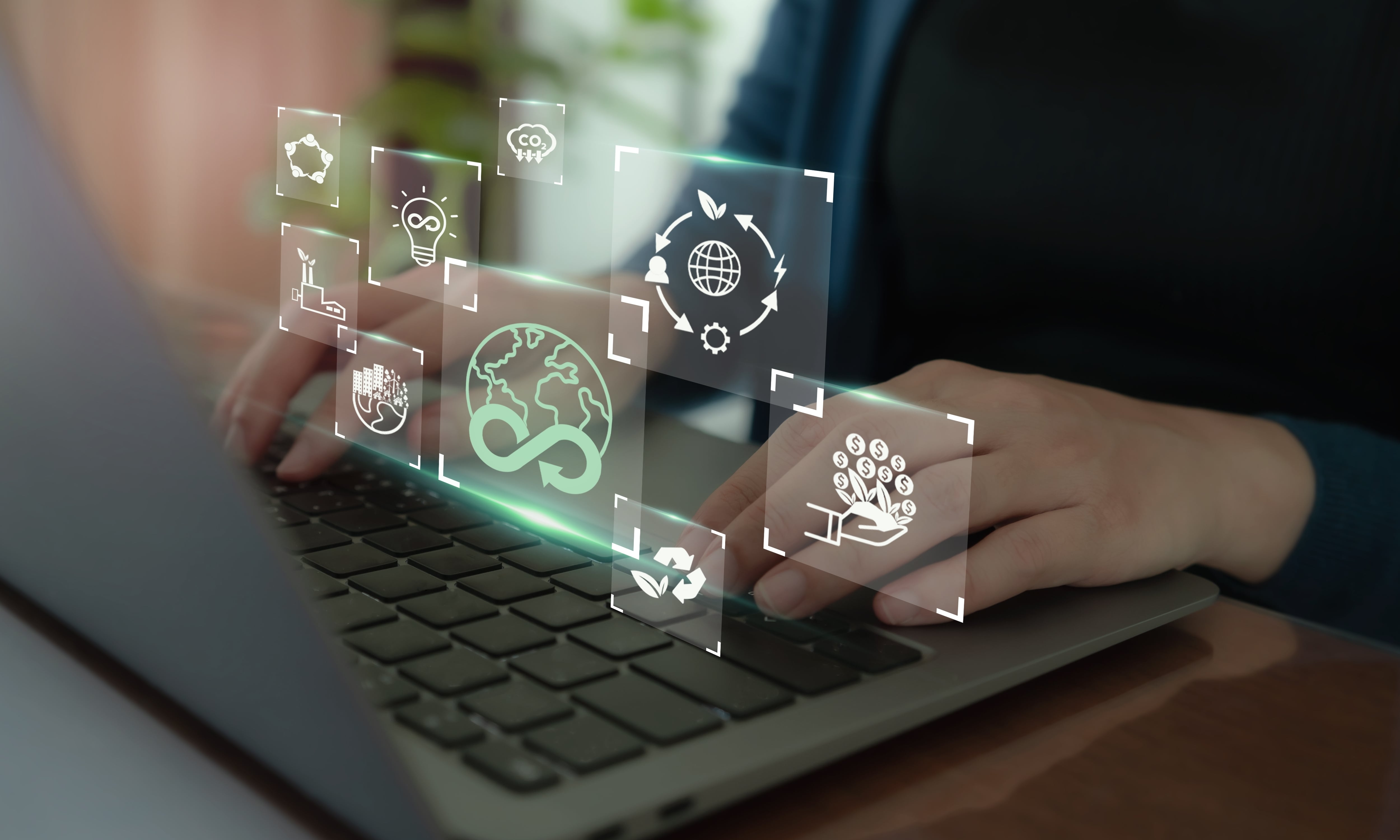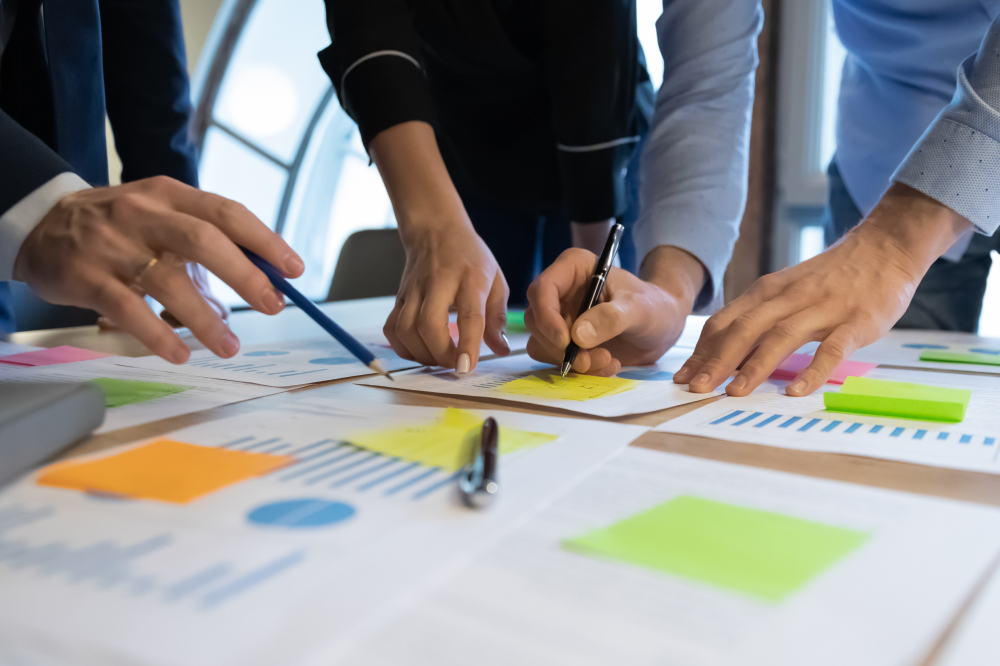As urbanisation accelerates and the global population ages, the importance of accessible, safe, and efficient transportation within Smart Cities has become paramount. Lifts, escalators, and moving walks are essential components of this infrastructure…
Read time: 3 mins
The context
As urbanisation accelerates and the global population ages, the importance of accessible, safe, and efficient transportation within Smart Cities has become paramount. Lifts, escalators, and moving walks are essential components of this infrastructure, ensuring mobility and access for all. Being the Chairman of ISO/TC 178, Gero Gschwendtner, StandICT.eu's funded fellow, has been at the forefront of standardisation activities within this Technical Committee, which oversees the development of international standards for these critical systems.
The challenges
Despite the growing reliance on Information and Communication Technology (ICT) to enhance the functionality and safety of lifts, escalators, and moving walks, there was no dedicated ICT standard within ISO/TC 178 until 2022. The rapid advancement of ICT posed significant challenges, including the risk of fragmented, local guidelines being developed independently by various organisations. This lack of standardisation threatened interoperability, increased complexity, and hindered the potential for global harmonization in the industry.
How standardisation activities help face the challenges
The standardisation of ICT within ISO as well as all member organisations brings substantial added value to all entities and the broader ICT standardisation processes. By establishing standardised frameworks and protocols, ISO enhances interoperability, ensuring that ICT systems and products can seamlessly integrate across diverse platforms and technologies. This, in turn, promotes global harmonisation and facilitates international trade.
Moreover, the standardisation process within ISO provides a forum for collaboration among experts and stakeholders from various regions and industries. This collaborative effort not only results in the development of high-quality, consensus-based standards but also fosters innovation by pooling diverse perspectives and expertise. Standardisation helps create a level playing field, encouraging fair competition, and boosting the credibility of the technologies and solutions developed within the ICT sector. Overall, the added value lies in establishing a common language, fostering innovation, and promoting a more efficient and globally interconnected ICT landscape.
The Benefits
The integration of ICT standards has led to significant benefits for stakeholders across the industry. Standardised communication protocols enable real-time monitoring, predictive maintenance, and remote diagnostics, which reduce downtime, enhance performance, and support energy-efficient practices. For users, this translates into a reliable and unified experience, while maintenance teams benefit from simplified processes and improved long-term sustainability. Overall, standardisation has created a more cohesive, interoperable, and innovative ICT landscape within the sector.
Future plans
The establishment of ISO/TC 178/WG 13 "New Technologies" and the launch of new projects in 2023, including standards for software updates and interoperability, demonstrate a commitment to staying at the cutting edge of technological advancements. Looking ahead, StandICT.eu's Gschwendtner continues to work on standardisation through ongoing projects and new initiatives.
ISO/TC 178/WG 12 “Cybersecurity” was found in 2019 and ISO 8102-20 “Electrical requirements for lifts, escalators and moving walks - Part 20: Cybersecurity" published in 2022. In addition, ISO/TC 178/AHG1 was found with the mission to provide a study in the field of new technologies and how to deal with this topic in the future.
Based on this, ISO/TC 178/WG 13 “New technologies” was found end 2022 and 2 new projects being started in 2023:
- ISO TS 8102-21 Electrical requirements for lifts, escalators and moving walks — Part 21: On-site and off-site software updates
- ISO TS 8100-10 Lifts for the transport of persons and goods — Part 10: Building Information Modelling
- Continuing the analysis for additional ICT standards this year another new project was started:
- ISO TS 8100-11 Electrical requirements for lifts, escalators and moving walks — Part 11: Interoperability between lift and other systems
- Further on it was decided to start the revision of
- ISO 8102-20 Electrical requirements for lifts, escalators and moving walks — Part 20: Cybersecurity
- to meet relevant EU regulation, which requires enhancing cybersecurity requirements to a state-of-the-art level. This work will be done under the Vienna Agreement to become EN ISO 8102-20 under ISO lead and is also a requirement for the new machinery regulation.
For all projects the dedicated development time, considering the ISO process with all the relevant voting’s, will 3 years.


